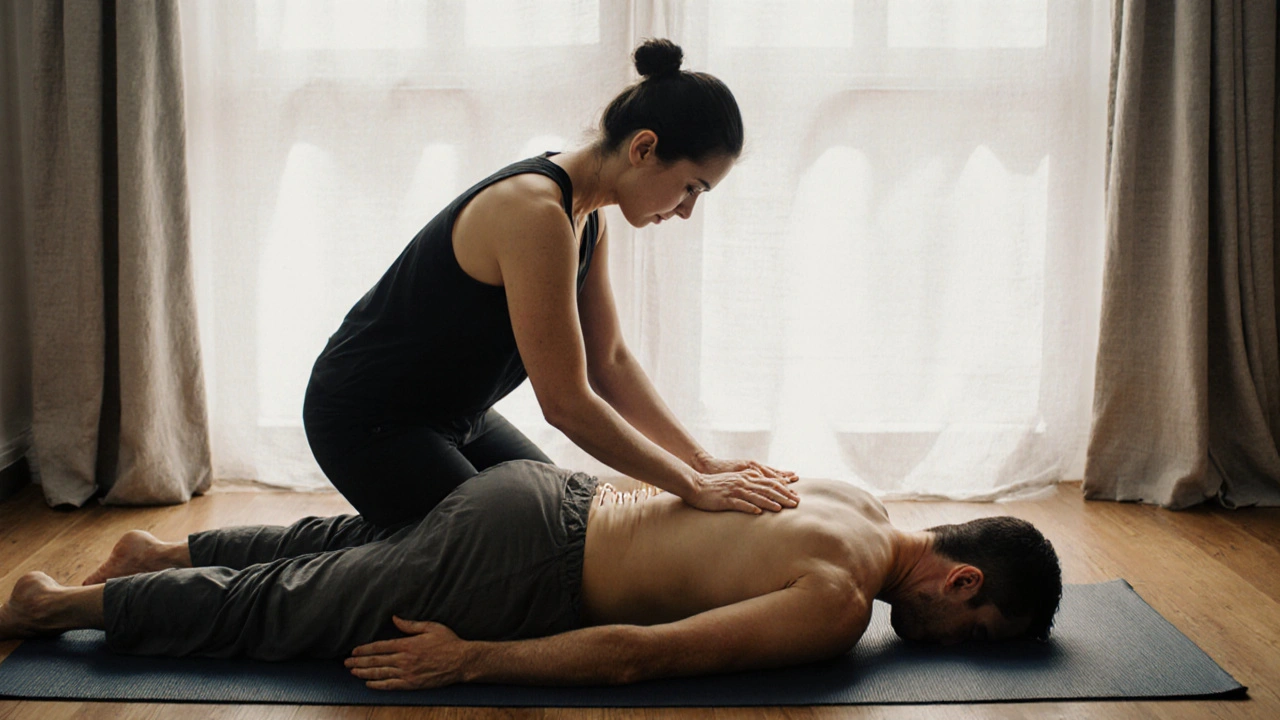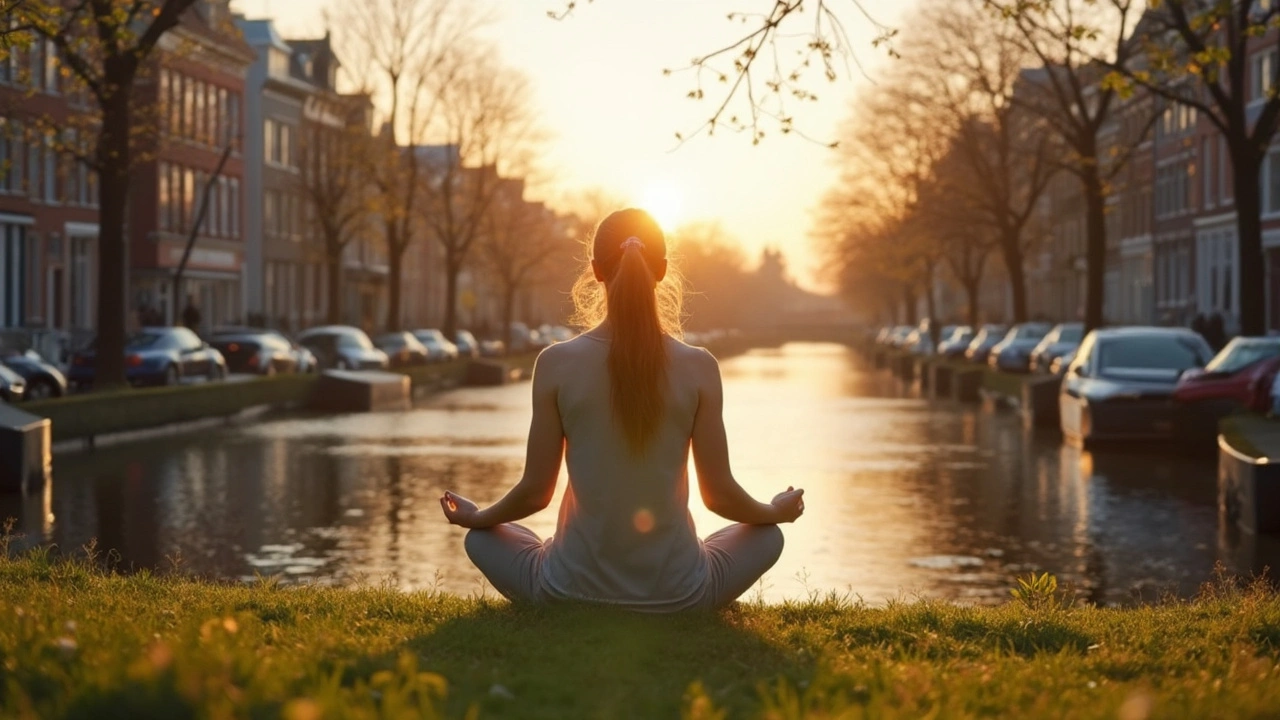Benefits of Thai Massage in Amsterdam – Real Results You Can Feel
If you’ve never tried Thai massage, you’re probably wondering what all the hype is about. Think of it as a moving stretch class mixed with a deep‑tissue rub. In Amsterdam’s busy streets, it’s a quick way to melt tension, open up joints, and leave you feeling lighter.
Most places in the city follow the same basic routine: the therapist guides you through a series of gentle pulls, stretches, and pressure points while you stay fully clothed. No oils, no nakedness – just a mat, comfortable clothing, and a willing guide. You’ll notice the benefits almost right away, but let’s break them down so you know exactly what to expect.
Physical Benefits You’ll Notice Fast
First up, flexibility. The stretches used in Thai massage mimic yoga poses, so you end a session with looser hips, a more fluid spine, and legs that feel less tight. If you spend a lot of time at a desk or bike around the city, this can be a game‑changer for everyday movement.
Second, pain relief. By pressing on specific points along the body’s energy lines, therapists can reduce muscle knots and ease joint soreness. Regular visitors often report fewer headaches, less lower‑back ache, and quicker recovery after a hard workout.
Third, circulation. The rhythmic pushing and pulling helps blood flow, which brings oxygen and nutrients to tired muscles. Better circulation also means your immune system works harder, so you might find yourself getting sick less often.
Mental and Lifestyle Boosts
Thai massage isn’t just for the body; it’s a mental reset too. The combination of stretch and pressure triggers a calm response in the nervous system. Many people feel a wave of relaxation that lasts hours after the session, making it easier to focus at work or unwind in the evening.
Energy levels get a real lift as well. Because the practice activates the body’s natural energy pathways, you often leave the studio feeling more alert and ready to tackle the day. It pairs nicely with meditation or a morning jog – you’ll notice you move with more ease.
Stress reduction is another big win. The deep breathing encouraged during the massage helps lower cortisol, the stress hormone. Over time, regular sessions can improve mood and even help with sleep quality.
So, how do you get started? Choose a reputable studio in Amsterdam that highlights trained Thai therapists and clean facilities. Ask about session length – 60‑minute slots are common for beginners, while 90‑minute appointments let the therapist cover more of the body.
Before you go, wear loose, comfortable clothes that let you move freely. Arrive a few minutes early, let the therapist know any injuries or areas you want extra attention on, and relax. The whole experience lasts about an hour, but the benefits can linger for days.
Bottom line: Thai massage offers a blend of stretch, pressure, and mindful breathing that tackles stiffness, pain, stress, and low energy all at once. In a city like Amsterdam where you’re always on the go, it’s a simple, affordable way to keep your body and mind in sync.
Why You Need a Thai Massage in Your Life Today
Thai massage isn't just relaxation-it's a full-body reset that releases deep tension, improves mobility, and reduces stress faster than most treatments. Discover why it's essential for anyone stuck in modern life.
Thai Massage vs. Swedish Massage: Which Massage Style Suits You Best?
Compare Thai and Swedish massage styles, their benefits, experiences, pricing, and tips. Discover which massage suits your needs with practical advice and real-life stories.
Thai Massage Amsterdam: Revitalize Your Body and Mind
Looking for a way to boost your energy and melt away stress in Amsterdam? Thai massage is more than just a treat—it’s a full reset for both your body and mind. This article covers what makes Thai massage unique, the real benefits you’ll notice after a session, and tips on where to find the right spot in the city. Whether you’re a curious first-timer or want to switch up your wellness routine, you’ll discover exactly what to expect and how to get the most out of your visit. Ready to feel amazing in Amsterdam?


